Virtual Wedding Planning Website Wins Top Prize in Entrepreneurial Competition
/The entrepreneurial spirit of a Connecticut-based business was the big winner as Voncierge, a virtual wedding planning start-up seeking financial resources to expand its innovative services nationwide, earned the top prize in a “Shark-Tank”-like competition at the Western Mass Business Expo in Springfield, MA.
Founder and CEO Mee-Jung Jang impressed a panel of expert judges and an enthusiastic audience of business professionals in her spirited “pitch” highlighting the fledgling company’s business plan and growth-to-date.
In winning the First An nual Pitch Competition – besting nine other entrepreneurial companies – Voncierge won $1,500 to assist the company and one year’s worth of free space at the Business Growth Center at Springfield Technology Park.
nual Pitch Competition – besting nine other entrepreneurial companies – Voncierge won $1,500 to assist the company and one year’s worth of free space at the Business Growth Center at Springfield Technology Park.
The company is striving to change the way brides plan their wedding. Jang, a Harvard undergrad and Yale Law School graduate, was working as an intellectual property attorney in Manhattan when she got engaged, and her wedding-planning experience proved to be a challenge – and thus, Voncierge was born.
On the Voncierge website, brides can search for vendors — bridal salons, florists, stationers, bakeries, officiants, photographers, venues and planners — in their city and schedule appointments with them. They can also view a list of all confirmed, requested and past appointments – and also keep track of favorite vendors and wedding dresses. To aid their sear ch, they can submit their wedding date, budget and dress size. Voncierge has a unique search and tag feature where every image is tagged with the relevant vendor.
ch, they can submit their wedding date, budget and dress size. Voncierge has a unique search and tag feature where every image is tagged with the relevant vendor.
“In this modern day and time, brides still need to sit by the phone all day to book their bridal appointments. How annoying! We decided someone had to do something about it. So we built Voncierge,” the company’s website explains. The start-up was initially named Little Dress Book, but has since been renamed as Voncierge (for “virtual concierge”). It was launched in New York City last year, and Jang has since relocated to Hartford as she continues to grow the business from Connecticut.
The company is expanding its site and services city-by-city, with a smattering of listings in distant locations from Las Vegas to Dallas to New York – and more in-between. Even at this early stage, more than 100 wedding vendors are already listed.
“The plan is to make Voncierge available to people all over the country,” Jang explains. “We are talking with salons, venues and vendors across the country, and are continuing to add to the site. It is tremendously well-received wherever we go, and we’re confident that the site will scale effectively and bring brides and businesses together in mutually beneficial ways.”
To participate on the site, vendors pay a fee for every appointment booked. The service is free for brides. Each vendor has a profile on the site displaying relevant information and photographs that brides can review before booking.
“When I started planning my wedding, I was still working as an attorney at a c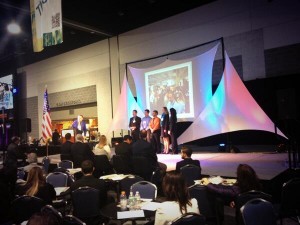 orporate law firm, which meant I barely had time to sleep or eat—so sitting by the phone playing phone tag with vendors did not make me happy,” Jang said. “I knew there had to be a better way, so I set out to create it.”
orporate law firm, which meant I barely had time to sleep or eat—so sitting by the phone playing phone tag with vendors did not make me happy,” Jang said. “I knew there had to be a better way, so I set out to create it.”
In her formal pitch presentation, Jang said she was seeking to have the Voncierge site become “ubiquitous,” with a strong presence on social media. Joining her in developing Voncierge is chief technology officer Morry Belkin, a Carnegie Mellon graduate with more than 15 years of business experience ranging from start-ups to Fortune 500 companies.
If the successful pitch in Springfield is any indication, prospects for the start-up appear promising. To build a sales and marketing team and advance product development, Jang is currently seeking investments in the company. She is also looking to hire a sales associate to join her team.
The Business Growth Center at Springfield Technology Park – where Voncierge now has a year’s worth of free business space – offers a range of business services, including access to the Small Business Development Center Network, the U.S. Small Business Administration, and Business Growth Center Affiliates Program, all aimed at supporting and assisting start-up businesses. Center Director Marla Michel was on-hand at the Business Expo November 6 to congratulate Jang and personally extend the free space offer.
The entrepreneurial competition at the Business Expo was coordinated by Valley Venture Mentors, which provides a range of mentoring services for start-up businesses, including the ten companies that participated. They offer support to the entrepreneurial ecosystem by uniting carefully selected startups together with high quality business mentors at structured monthly pitch and planning sessions.
The other start-up businesses recognized by the judges and audience as the top presenters were Celia Grace, Kloudbook and PeopleHedge. The Western Mass Business Expo was developed and coordinated by the publication Business West, the business journal of Western Massachusetts. It was produced by Connecticut-based Rider Productions.




 ce organizations across the country that deal with issues such as health, housing, education, career development, and family support. When veterans return home, they face vast and complex challenges. According to the Department of Defense, the military suicide rate hit a record high in 2012, increasing nearly 16 percent over the previous year. Over 60,000 veterans are homeless. The unemployment rate for Gulf War-era veterans was 9.9 percent in 2012, compared to 8 percent for all Americans.
ce organizations across the country that deal with issues such as health, housing, education, career development, and family support. When veterans return home, they face vast and complex challenges. According to the Department of Defense, the military suicide rate hit a record high in 2012, increasing nearly 16 percent over the previous year. Over 60,000 veterans are homeless. The unemployment rate for Gulf War-era veterans was 9.9 percent in 2012, compared to 8 percent for all Americans. and others involved in software development, including graphic designers, interface designers and project managers, collaborate intensively on software projects.
and others involved in software development, including graphic designers, interface designers and project managers, collaborate intensively on software projects.
 e talented entrant. HTSQL is a Prometheus product.
e talented entrant. HTSQL is a Prometheus product.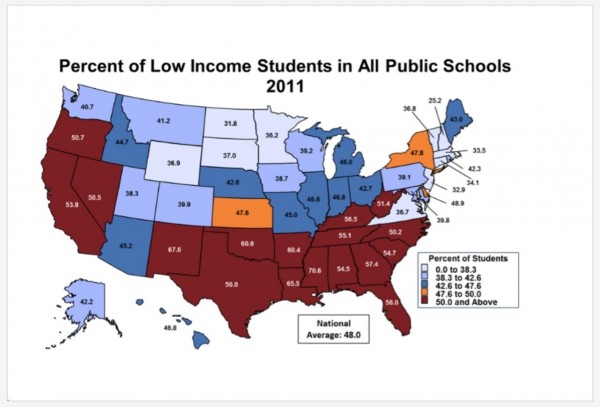 public schools moved from 38 percent of all students in 2001 to 48 percent in 2011.”
public schools moved from 38 percent of all students in 2001 to 48 percent in 2011.” st and 40 percent in the Northeast. The national average was 48 percent. As the report pointed out, “in 2011 the nation stood within only two percentage points of enrolling a majority of low income students in public schools across 50 states.”
st and 40 percent in the Northeast. The national average was 48 percent. As the report pointed out, “in 2011 the nation stood within only two percentage points of enrolling a majority of low income students in public schools across 50 states.”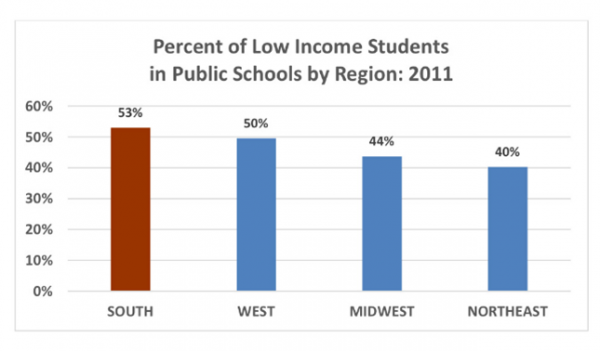
 ceed in public schools? It is a question of how, not where, to improve the education of a new majority of students.”
ceed in public schools? It is a question of how, not where, to improve the education of a new majority of students.” recent years has dramatically stepped up efforts to promote the state to visitors, launching the “Still Revolutionary” marketing campaign slogan and increasing the state’s tourism budget which had been all but eliminated by the previous state administration. Increased tourism is said to impact the leisure and hospitality industries.
recent years has dramatically stepped up efforts to promote the state to visitors, launching the “Still Revolutionary” marketing campaign slogan and increasing the state’s tourism budget which had been all but eliminated by the previous state administration. Increased tourism is said to impact the leisure and hospitality industries. Connecticut as compared with 78.2 percent nationally.
Connecticut as compared with 78.2 percent nationally.
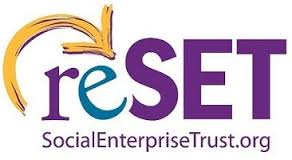



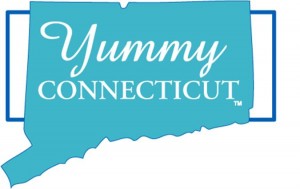
 rg
rg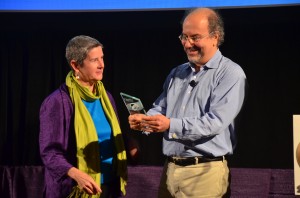 grown foods, from the
grown foods, from the 

























